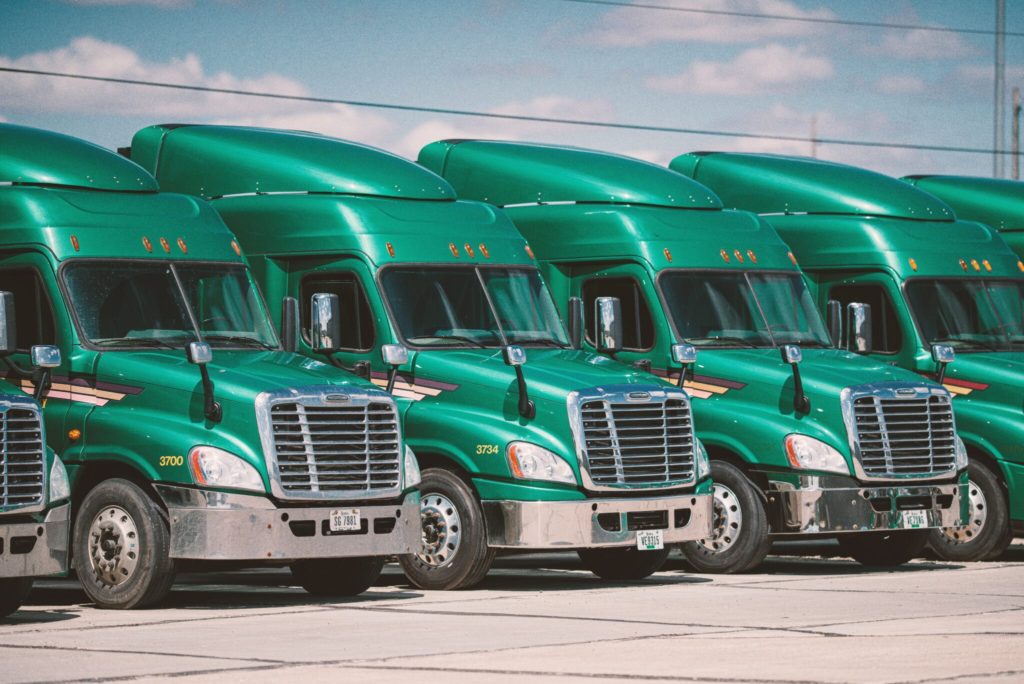In recent times, shortages of goods have caused widespread supply chain issues. Labor shortages have also been troublesome for production and the economy. In particular, the shortage of workers able to transport goods has been pinpointed as a driver of supply chain chaos. The declining number of truck drivers is a worrying trend, and in this article, we will have a look at why this is happening and what can be done to steer the industry in the right direction.
Why is there a lack of truck drivers?
1. The pandemic
Covid -19 has had an impact on the availability of workers in various industries. Demand changed drastically throughout the pandemic, and companies saw available freight disappear, and because of this, many drivers were seen as unnecessary. The number of drivers also declined due to illness and certain restrictions being in place.
Employing new truck drivers seemed like an easy solution, but thanks to various restrictions being imposed, being able to complete training and take driving tests was very difficult. Working in such an important job throughout this turbulent time was also off-putting for new workers. Continually changing rules and restrictions meant that in some cases, truck drivers even got stuck at country borders and needed to take covid tests to continue their journeys.
2. The demographics
In the United States, there is an aging truck driver population. As this trend continues, drivers will be nearing retirement age or entering early retirement. This problem will be worsened if a new cohort of younger drivers cannot be attracted to join the industry.
3. The working conditions
The annual turnover rate for long-haul truck drivers is greater than 90%. This is due to various reasons, including having to work uncomfortable journeys with limited rest, being away from home for long periods of time, and sometimes even working in unsafe environments. The industry is finding it hard to attract new drivers, and although on average, the salary is mostly competitive, the unpleasant conditions are not worthwhile for some workers.

The impacts of the trucker shortage
1. Shortages on shelves
If there is a lack of drivers able to transport freight, supply chains will be disrupted, and the end consumer will be affected. In recent times, it has been common to see empty shelves in stores. Although this may be because of different ongoing supply chain issues, a lack of truck drivers worsens the shortages that consumers have to deal with.
2. Higher prices
The high levels of increased demand and the lack of supply have led to skyrocketing prices being passed onto consumers. The world is currently experiencing high levels of inflation, with inflation in the US being the highest in 40-years.
3. Supply chain bottlenecks
Amongst other issues, freight has been held up at ports due to a lack of drivers being able to move the goods, causing backlogs along the supply chain. Businesses have not been able to meet peak levels of demand which is further straining the economy.
Possible solutions
1. Incentives to attract and retain employees
Sign-on bonuses might push potential employees to apply for a certain company. Increased pay may also be used as an incentive to retain existing drivers. Although this might not be possible in all circumstances, it is a good way to make employees feel valued. Companies should also look into offering lifestyle incentives, perhaps by offering healthcare benefits or vouchers for drivers’ free-time activities.
2. Increase diversity within the industry
Companies should target under-represented groups of people who are seeking a career change, such as women or veterans and even younger people. Progress has already been made in the United States, as a new program allows people from the age of 18 to drive semi trucks. This scheme will train young people and allow them to cross state lines, providing a boost to the industry.
3. Autonomous trucks
Autonomous driving has been mentioned by experts as a possible solution in the future. Although a rather controversial topic, if implemented in the future, driver-assist technology could make the job easier and more attractive. Despite this, autonomous trucks have to go through rigorous testing before they can even be considered properly. Rolling out these trucks is a long way off and seems like an ambitious solution for now.
The trucker shortage has had a worldwide impact on supply chains, as well as on truckers themselves. Going forward, more needs to be done to support existing truckers and companies should look at new ways to get drivers on the roads.
Sources:
https://www.nytimes.com/2021/11/09/us/politics/trucker-shortage-supply-chain
https://www.vox.com/22841783/truck-drivers-shortage-supply-chain-pandemic



